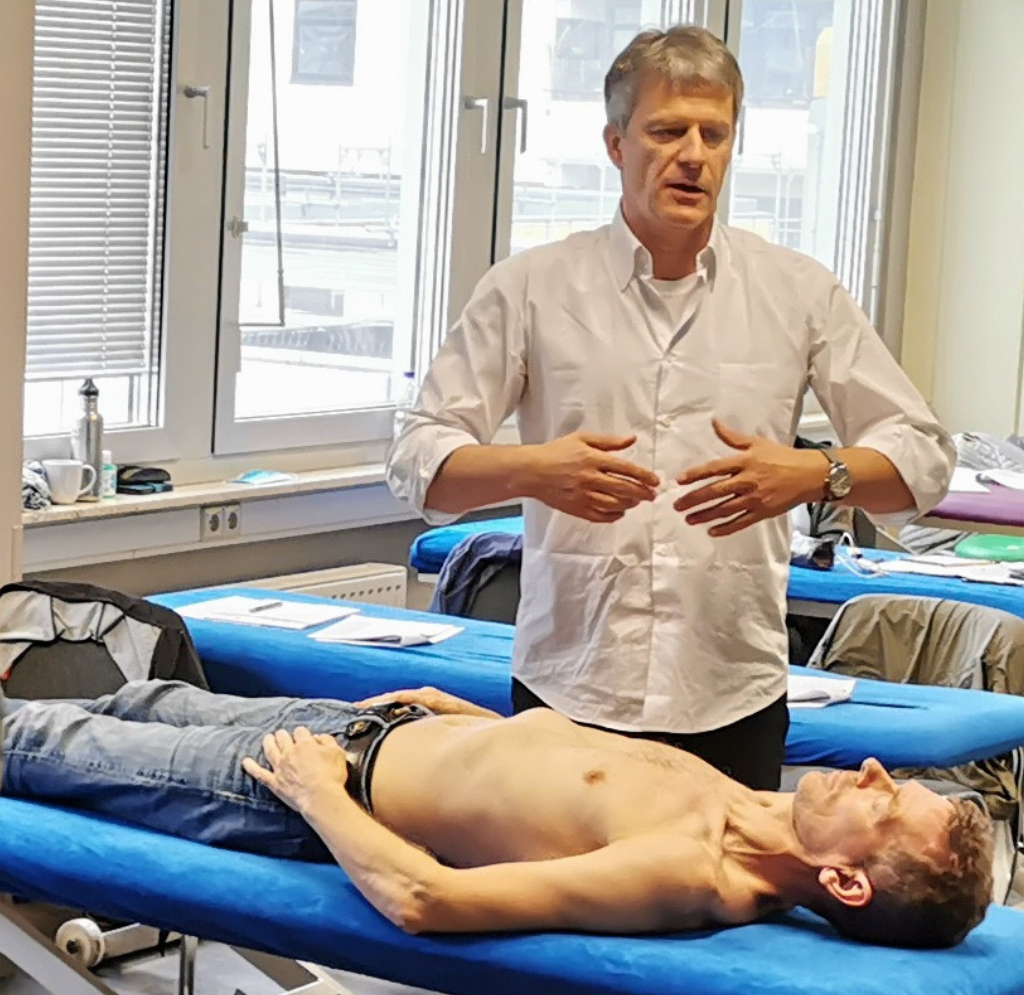
594,00 €
30 in stock
30 in stock
In many diseases, the organism initially reacts with vegetative signs, e.g., altered sweat secretion, followed by functional symptoms, e.g., muscle hardening.
This course offers ways to balance the vegetative nervous system and the immune system and consists of 3 parts:
The treatment spectrum extends to various dysfunctions such as headaches, sinusitis, sciatica, carpal tunnel syndrome, food intolerances.
Several approaches are presented, including:
Various techniques are practiced: reflex zones, thrust, recoil, energetic motility, fascial manipulations.
Each part consists of theory, diagnosis, and treatment:
Day 1: Vegetative Regulation: Parasympathetic System
Parasympathetic System. N. vagus and N. pelvici: Function and Dysfunction
Research Findings:
Treatment. Including:
Day 2: Vegetative Regulation: Sympathetic System
Application of Sclerotomes, Myotomes, Dermatomes, and Enterotomes
Treatment including:
Day 3:
Part 1: Stimulation of the Immune System
Including:
Part 2: Specific: Respiratory Dysfunctions and Asthma
Definition and Facts about Asthma:
Presentation of a Dysfunction Scheme:
It exists in 90% of asthmatics and in many immune disorders
Stopping Point of an Asthma Attack
Systematic Treatment of this Dysfunction Scheme:
including:
Course fee
269,00 € Original price was: 269,00 €.215,20 €Current price is: 215,20 €.
Course fee
1.782,00 €
23 in stock
Course fee
1.247,40 €
30 in stock
Course fee
594,00 €
Out of stock
Course fee
920,00 € Original price was: 920,00 €.840,00 €Current price is: 840,00 €.